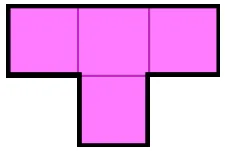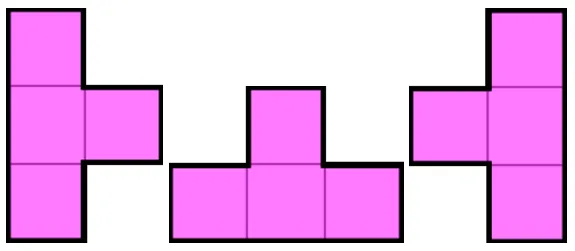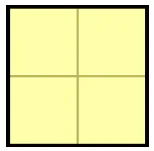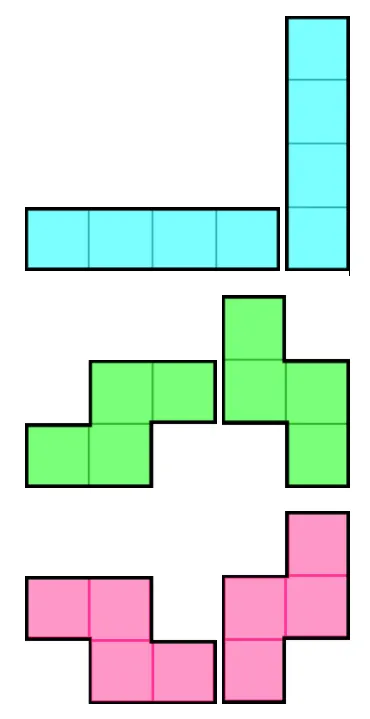
Rust Programming By Example
Guillaume Gomez, Antoni Boucher, Sebastian Dröge, Daniel Durante
- 454 páginas
- English
- ePUB (apto para móviles)
- Disponible en iOS y Android
Rust Programming By Example
Guillaume Gomez, Antoni Boucher, Sebastian Dröge, Daniel Durante
Información del libro
Discover the world of Rust programming through real-world examplesAbout This Book• Implement various features of Rust to build blazingly fast applications• Learn to build GUI applications using Gtk-rs• Explore the multi-threading aspect of Rust to tackle problems in concurrency and in distributed environmentsWho This Book Is ForThis book is for software developers interested in system level and application programming who are looking for a quick entry into using Rust and understanding the core features of the Rust Programming. It's assumed that you have a basic understanding of Java, C#, Ruby, Python, or JavaScript.What You Will Learn• Compile and run the Rust projects using the Cargo-Rust Package manager• Use Rust-SDL features such as the event loop, windows, infinite loops, pattern matching, and more• Create a graphical interface using Gtk-rs and Rust-SDL• Incorporate concurrency mechanism and multi-threading along with thread safety and locks• Implement the FTP protocol using an Asynchronous I/O stack with the Tokio libraryIn DetailRust is an open source, safe, concurrent, practical language created by Mozilla. It runs blazingly fast, prevents segfaults, and guarantees safety. This book gets you started with essential software development by guiding you through the different aspects of Rust programming. With this approach, you can bridge the gap between learning and implementing immediately. Beginning with an introduction to Rust, you'll learn the basic aspects such as its syntax, data types, functions, generics, control flows, and more. After this, you'll jump straight into building your first project, a Tetris game. Next you'll build a graphical music player and work with fast, reliable networking software using Tokio, the scalable and productive asynchronous IO Rust library. Over the course of this book, you'll explore various features of Rust Programming including its SDL features, event loop, File I/O, and the famous GTK+ widget toolkit. Through these projects, you'll see how well Rust performs in terms of concurrency—including parallelism, reliability, improved performance, generics, macros, and thread safety. We'll also cover some asynchronous and reactive programming aspects of Rust.By the end of the book, you'll be comfortable building various real-world applications in Rust.Style and approachThis comprehensive guide uses practical examples to implement various RUST programming features.
Preguntas frecuentes
Información
Events and Basic Game Mechanisms
- Tetrimino
- Creating tetriminos
- Generating a tetrimino
- Tetris struct
- Interacting with the game map
- SDL events
- Score, level, lines sent
Writing Tetris
- There is a grid with a height of 16 blocks and a width of 10 blocks.
- You have seven different tetrimino (a tetris piece) that are all composed of four blocks.
- A new tetrimino appears at the top of the game's grid every time the previous one cannot descend any more (because the block below is already occupied or because you've reached the game's floor).
- The game is over when a new tetrimino cannot appear anymore (because there is already a tetrimino at the top of the grid).
- Every time a line is full (all blocks are occupied by a tetrimino part), it disappears and all lines above descend by one line.
Tetrimino




struct Tetrimino { states: Vec<Vec<Vec<u8>>>, x: isize, y: usize, current_state: u8, }
states: Vec<Vec<Vec<u8>>>,